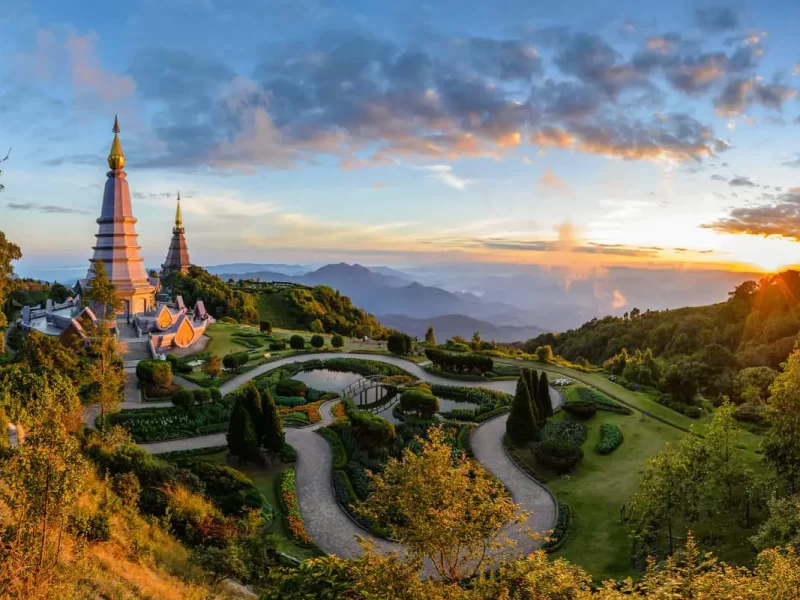When planning a trek to Mount Rinjani, one of the key factors to consider is the budget. Understanding Rinjani trekking prices can help you plan your adventure more effectively and ensure that you stay within your financial limits. In this section, we will break down the various costs associated with a Rinjani trekking expedition and provide tips on how to budget for this once-in-a-lifetime experience.
Permit Fees: Before embarking on a trek to Rinjani, it is essential to obtain the necessary permits from the local authorities. The cost of these permits can vary depending on the season and the route you choose. Generally, you can expect to pay around $15-25 for the entrance fee and environmental levy. Make sure to factor these costs into your budget to avoid any last-minute surprises.
Guide and Porter Fees: Hiring a guide and porter is highly recommended for a trek to Rinjani, especially if you are not an experienced hiker. The fees for guides and porters can vary depending on the duration of the trek and the services provided. On average, you can expect to pay around $20-30 per day for a guide and $15-20 per day for a porter. Keep in mind that tipping is also customary in Indonesia, so it is advisable to budget some extra money for gratuities.

Accommodation Costs: During your trek to Rinjani, you will need to spend a night camping on the mountain. The cost of camping equipment, including tents, sleeping bags, and mattresses, can range from $30-50 per person. Some tour operators may include camping equipment in their package, so be sure to clarify this before booking your trek. Additionally, meals are usually provided on the mountain, but it is a good idea to budget some extra money for snacks or drinks along the way.
Transportation Expenses: Getting to and from Mount Rinjani can also add to your overall trekking costs. If you are flying into Lombok International Airport, you will need to arrange transportation to Senaru or Sembalun, which are the two main starting points for Rinjani treks. The cost of transportation can vary depending on the distance and mode of transport. Budget approximately $20-30 for a private car or taxi, or consider taking a shared minibus for a more affordable option.
Miscellaneous Costs: In addition to the basic trekking expenses, there may be other miscellaneous costs to consider when budgeting for a trip to Rinjani. For example, you may need to purchase travel insurance, rent or purchase hiking gear, or pay for additional activities such as visiting the nearby waterfalls or hot springs. Be sure to factor in these extra costs when planning your budget to avoid any financial strain during your trek.
In conclusion, understanding Rinjani trekking price is essential for effectively budgeting for this unforgettable adventure. By taking into account permit fees, guide and porter fees, accommodation costs, transportation expenses, and miscellaneous costs, you can better estimate the total cost of your trek and plan accordingly. Remember to research different tour operators and compare prices to find the best value for your money. With proper budgeting and preparation, you can fully enjoy the beauty and challenge of trekking Mount Rinjani without any financial worries.
